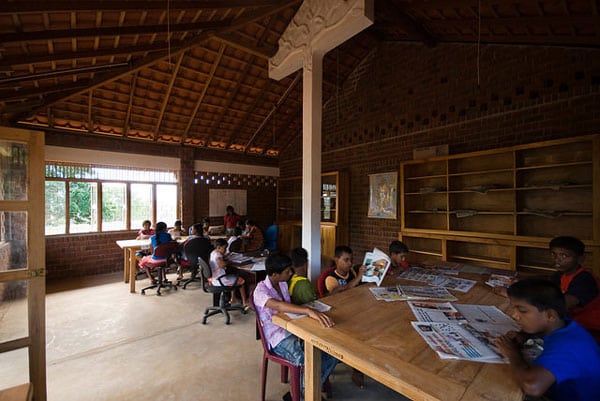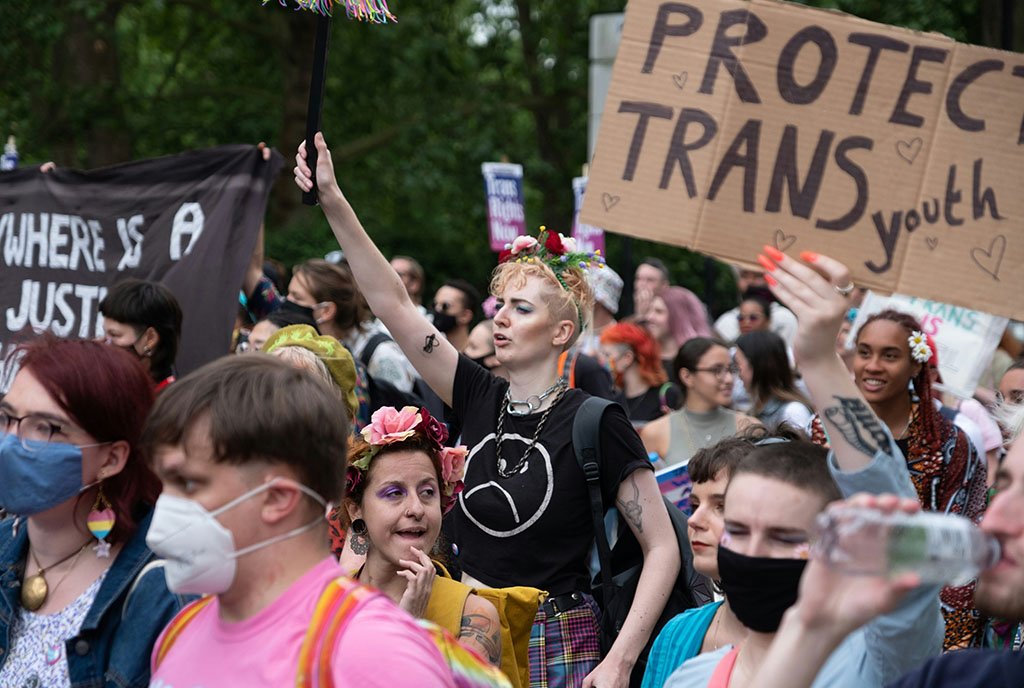
July 25, 2018; Architectural Digest
Back in 2015, NPQ wrote fairly extensively about the closing of an international group called Architecture for Humanity, which championed humanitarian design often in the aftermath of crisis. Its tagline, “design like you give a damn,” knit together architects of conscience for projects like the redesign of schools in Haiti following the catastrophic earthquake of 2010. But the group began to experience a financial crisis of its own a few years before it declared itself done after 16 years as a single organization.
A redesign had already begun in the network design of the organization’s base—chapters that connected groups of pro bono architects all over the world. These continued to function and communicate without the central hub, and in 2016 the newly designed vehicle for the still-strong movement became the Open Architecture Collaborative (OAC). Core to its organizing values were participatory design and longer-term relationships with community.
“The OAC began in response to a need for a renewed and more relevant mission to the issues of our time,” explains Garrett Jacobs, executive director of the organization, who refers to the group’s purpose as public interest design. “A deeper commitment to an equitable, inclusive, and needs-based approach was formed. We now work beyond just one-off projects and scrutinize the larger, systemic issues that caused the need for our services in the first place. We reflect more on who we are and the privileges we’ve had. This allows us to show up more authentically and build trust with communities affected by generational trauma.”
In other words, the OAC will try to help build sustainable and resilient environments in part through “empower[ing] people from every demographic, promote social equity, and put local communities in charge of their destiny.” Architecture Digest describes how that will look:
Sign up for our free newsletters
Subscribe to NPQ's newsletters to have our top stories delivered directly to your inbox.
By signing up, you agree to our privacy policy and terms of use, and to receive messages from NPQ and our partners.
In Abuja, Nigeria, Open Architecture Nigeria hosts the Kids Skating Series, an annual event that sees skating used as a means to activate public spaces and teach the community the power of play to reinvigorate neglected urban environments. In San Francisco, a dead-end dumping ground was transformed into Burrows Pocket Park, a gathering space for the Portola Neighborhood including a sustainable xeriscape native plant garden, custom outdoor furniture, a free library, and vibrant murals. In Cairo, Open Architecture Egypt has racked up almost 1,000 volunteer hours running Forgotten Spaces, a program designed to seek out redundant spaces across the city for potential revitalization.
Finally, Jacobs and his team are about to launch Pathways to Equity, an initiative that will educate people on public interest design through “interactive workshops and hands-on field experience.” Pathway to Equity fellows can look forward to a program of training and project building grounded in “responsible social impact design methods.” The program will encourage a more inclusive approach to pro bono design and construction, where people from all backgrounds are given a voice in the future of their built environment and public spaces. A culture of transparency helps to build trust between parties, leading to more open communication between the OAC and the communities it supports.
The Open Architecture Collaborative, to extend the design concept, does not claim to be alone in its mission, says Jacobs, pointing to Colloqate, Designing Justice + Designing Spaces (DJDS), and Creative Reaction Lab as other nodes of the work.
“I do not believe I am working on the margins of the profession,” said Jacobs. “I believe my colleagues and contemporaries, whom I am inspired by every day, are working to define the future of our industry. The structures of our businesses are a small component to how we are shifting the perception of design and the place it has in how we come together as a culture. Our processes are driven by equity and a new balance of power. You must be committed to those values if you have hope that creative processes can facilitate our way to a more just future.”
There is a lot of talk about network organizing in the sector right now, but this case is an excellent on the ground example of a mission that became more sustainable than the frail structure of a single organization through a network design that is both place-based and connected by a common longing.—Ruth McCambridge












